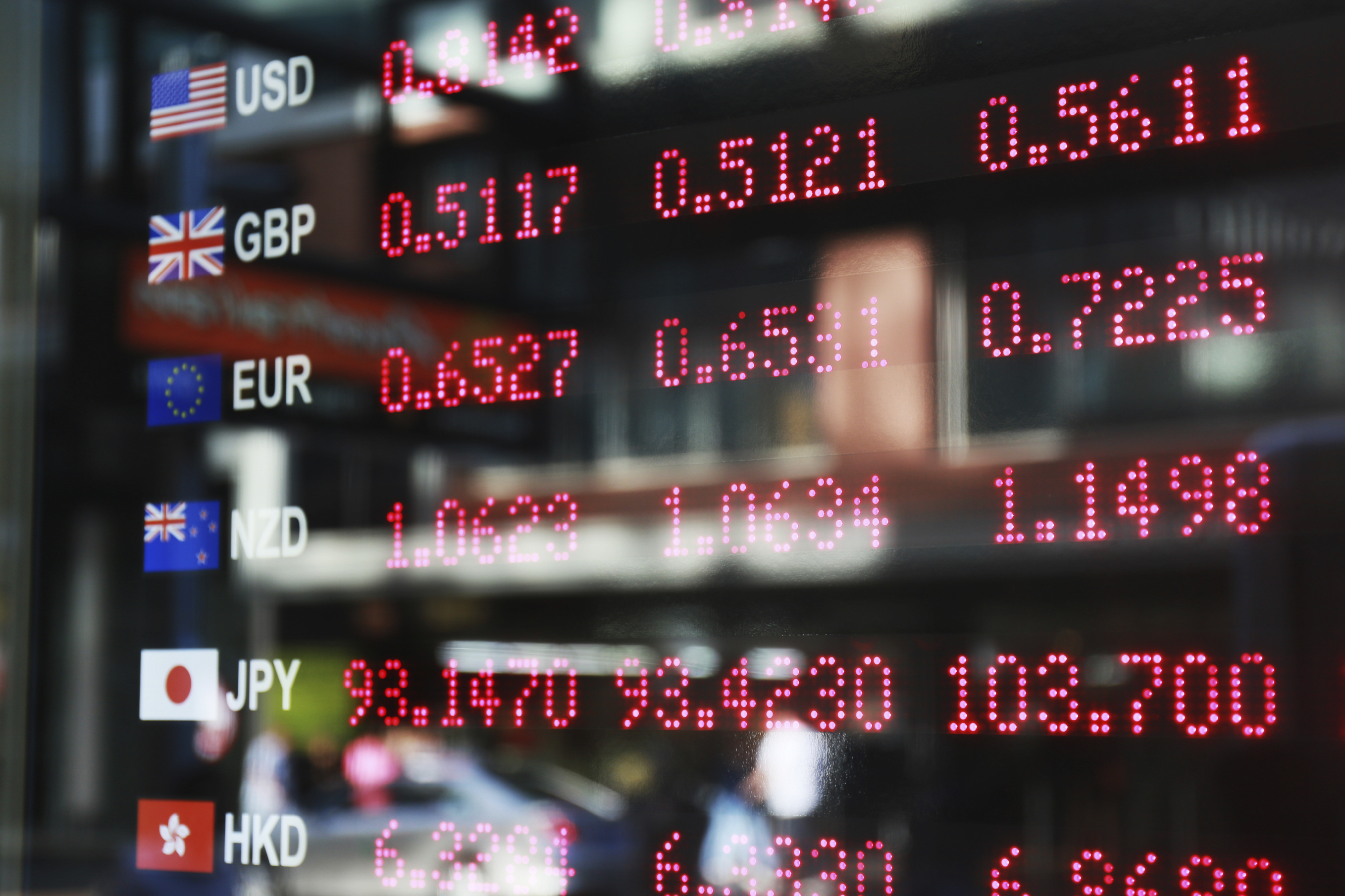In the fast-paced world of foreign exchange trading, comprehending how global influences affect currency prices is crucial for both novice and expert traders. The Forex market, famous for its 24-hour trading cycle and immense liquidity, is incessantly affected by a myriad of factors, including news items that can create ripples through the economic landscape. Whether it’s an economic report, a political event, or a central bank announcement, these news items can spark significant price movements, making it necessary for traders to stay informed and adaptable.

As we delve into the detailed relationship between current events and currency prices, we'll explore various elements that can sway market sentiment. From the role of economic indicators to the impact of geopolitical tensions, this article aims to provide priceless insights into how traders can navigate the challenges of Forex trading. By grasping these dynamics, you can enhance your trading strategies and make smarter decisions in the constantly changing Forex market.
Grasping Foreign Exchange Currency Market Dynamics
The Foreign Exchange market is shaped by a multitude of factors that determine currency prices. At its core, currency valuation is determined by the financial strength of the nations involved. Financial indicators such as GDP, employment rates, and inflation play a significant role in molding market sentiment. When a country's economy shows signs of strength, its currency often increases in value as investors seek to benefit on potential expansion. Conversely, economic weakness can lead to devaluation, triggering a change in trading strategies among Foreign Exchange participants.
In parallel to economic factors, political events can have an instantaneous and profound impact on currency prices. Spanning from political instability, commercial discussions, to warfare, these events create instability in the markets, influencing traders' choices. For instance, an surprising election outcome might lead to market fluctuations as traders react to potential policy shifts. Understanding how these factors affect Forex dynamics is crucial for traders looking to navigate the market effectively and make educated decisions.
Furthermore, the function of central banks cannot be overstated when it comes to shaping Forex prices. Through monetary policy choices such as interest rate changes and quantitative easing, central banks provide leadership to the currency markets. ea forex best and announcements for clues about future monetary policy moves. This attentiveness to central bank signals exemplifies the interconnectedness of global finance and the Forex market, underscoring the need for traders to stay abreast about central bank activities to enhance their trading strategies.
Effective Investing Tactics
Developing successful trading tactics is crucial for success in the forex market. One method is to comprehend the different types of trading strategies offered, such as day trading, position trading, and scalping. Each tactic has its own time frame and risk assessment, allowing investors to select based on their individual objectives and timelines. For instance, day trading concentrates on immediate profits by executing numerous transactions within a single day, while position trading captures market shifts over several days or time periods. It's necessary to align your chosen strategy with your risk appetite and funds.
Another important element is the utilization of technical indicators to support trading strategies. Investors often employ indicators such as moving averages, volatility bands, and the Relative Strength Index (RSI) to analyze market trends and momentum. Blending these resources with fundamental analysis, like economic news and occurrences, can boost the efficacy of your tactics. Grasping how to read these indicators will give you an advantage over uninformed investors.
Ultimately, mastering risk management is essential to preserve capital and ensure durability in investment. Click here for more info involves establishing appropriate stop-loss and take-profit levels, which dictate when to close a position to lock in profits or reduce deficits. Additionally, upholding a favorable risk-to-reward proportion is essential; seeking a higher reward than the potential loss taken can assist ensure success over time. By integrating these components into your trading approach, you can enhance your chances of attaining positive results in the dynamic foreign exchange environment.
##
